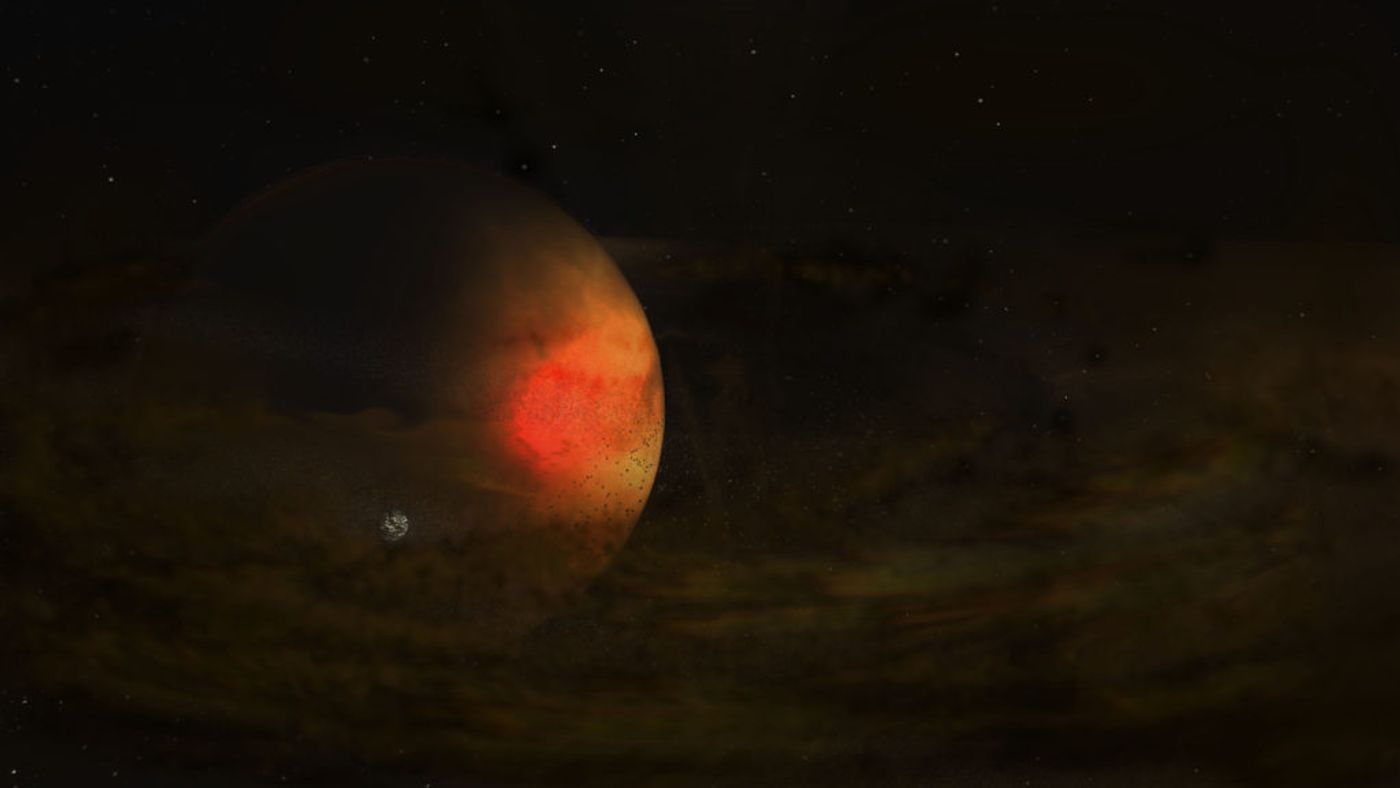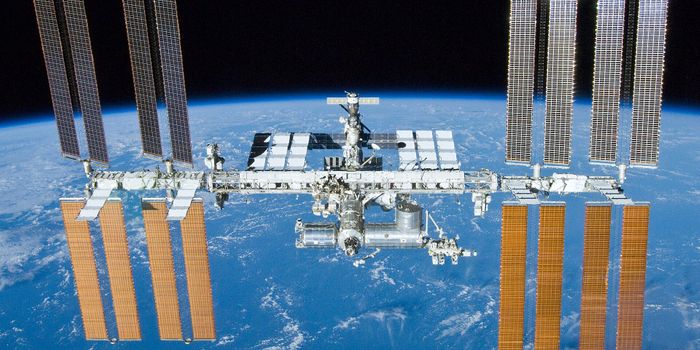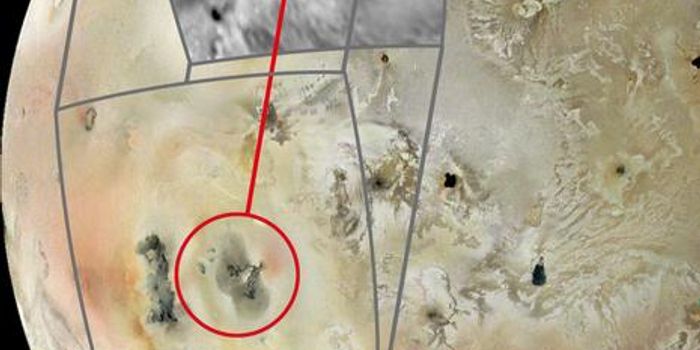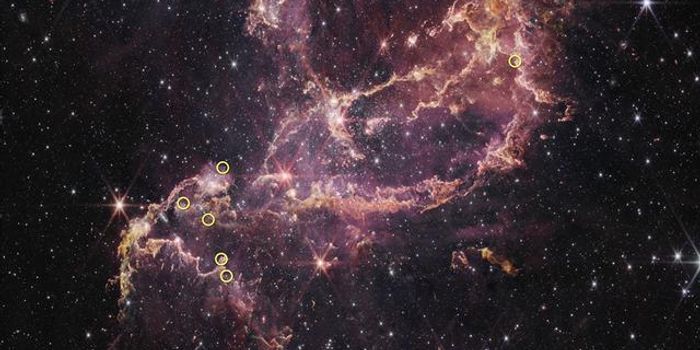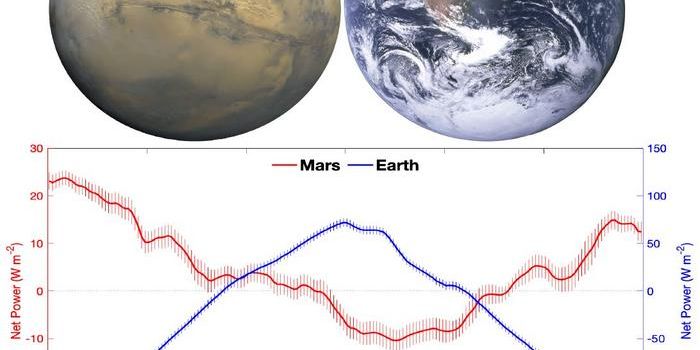The First-Ever Detection of Gas in a Circumplanetary Disk!
A team of astronomers have made the first-ever detection of gas in a circumplanetary disk using the Atacama Large Millimeter/submillimeter Array (ALMA). The detection suggests the presence of a very young exoplanet. The results have been published in The Astrophysical Journal Letters.
Circumplanetary disks are disks of gas, dust, and debris around young planets. These disks control the growth of the young planet they orbit and provide the raw material to form the planet, as well as moons and other small, rocky objects. The study of such disks can help astronomers better understand the formation of our own Solar System, and more specifically the formation of our planets and their moons. It is believed that the Galilean moons formed in a circumplanetary disk orbiting Jupiter around 4.5 billion years ago.
While observing AS 209, a young star located 395 light-years from Earth, astronomers observed a blob of emitted light in the middle of a gap in the disk of gas surrounding the star. The scientists surmised that the blob of emitted light was a circumplanetary disk surrounding a potential Jupiter-mass planet. This exoplanet is located more than 200 astronomical units (an astronomical unit is the distance from the Earth to the Sun) – or 18.59 billion miles – away from the host star in which it orbits. This extreme distance challenges all currently accepted theories of planet formation. The age of the star is estimated to be approximately 1.6 million years, and if this is an accurate estimate, then this is also the youngest exoplanet ever detected!
Further study is warranted to confirm these findings. The team will be observing the star system with the James Webb Space Telescope in the near future to confirm the presence of the exoplanet. These observations will help astronomers understand the development of planetary atmospheres and the processes in which moons are formed.
